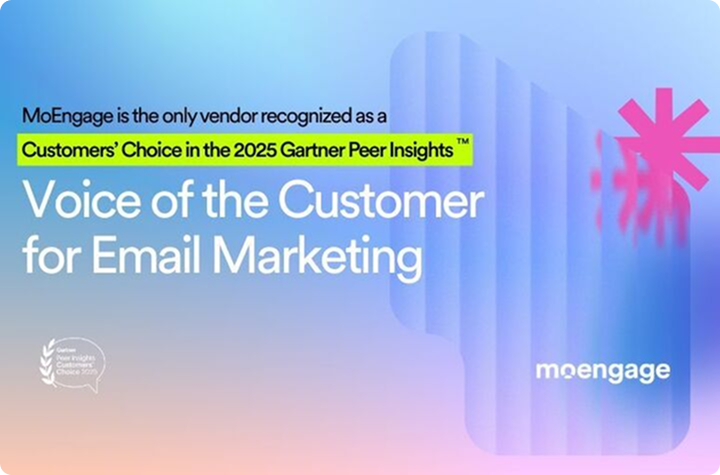Customer Engagement Deep Dive: How to Build Personalized Cross-Channel Journeys
Learn More
Learn about data management, customer analytics, growth strategies, campaign optimization, mobile marketing, and insights-led engagement through these in-depth blogs and articles.
Be the first to access actionable reports, guides, tips, videos, podcasts from experts in Customer Engagement, retention and more!





MoEngage is an insights-led platform trusted by 1,350+ global brands like McAfee, Flipkart, Domino’s, Nestle, Deutsche Telekom, and more. MoEngage’s powerful analytics, personalization, and AI capabilities give a 360-degree view of your customers and help you create journeys across digital channels.
© Copyright 2025 MoEngage. All Rights Reserved.

Please wait while you are redirected to the right page...
